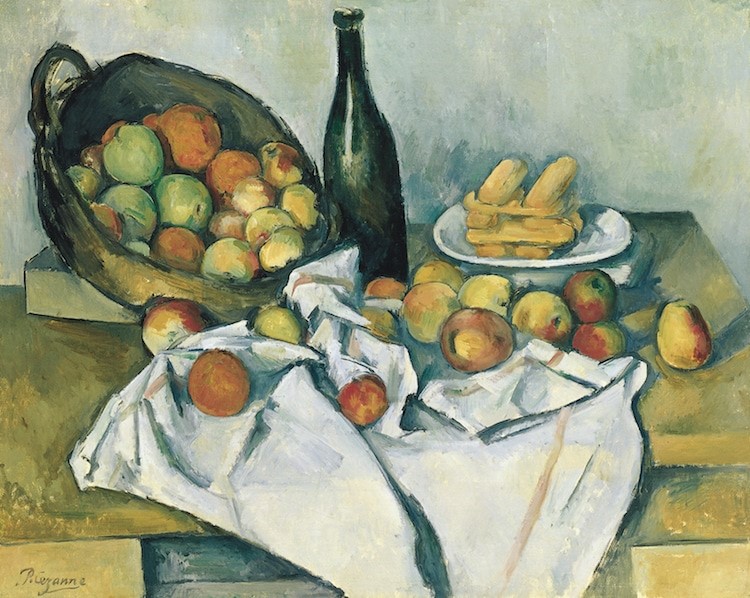Our first in the series of ‘The business of influence’ focuses on the rise of food creators and influencers, a new breed of chef whose food is enjoyed by hundreds of thousands globally, but rarely actually tasted.
A little background:
Food is something we have always shared, enjoyed together and used as a tool of creativity, but over the last few years, the way we share food has changed. It has become something we don’t just share around a table (pass the bread or wine please) but an item we share with our friends and our followers in picture form online. But why is this? So much of what we love about food is what it smells like and how it tastes. Why do we want to see a beautiful avocado on toast in a small screen on our hands?
Artist and restaurants have entertained us for centuries; still life painters have recreated and fascinated us with things we see every day and chefs have created things we didn’t even dream of. On average we spend around 4.5 years of our life eating.[1] Food has always fascinated; both the real thing and its representation. Still life paintings were often created to celebrate material pleasures or to remind us of our humanity; Instagram food shots are a new version of this life of food.[2]

Paul Cézanne, The Basket of Apples’ (ca. 1895) (Photo via Wikimedia Commons Public Domain)
A new type of meal:
We now share food over a screen. We actively enjoy seeing new ways of presenting food or creating recipes. Whereas other areas of social media (e.g. fashion / sport) may seem unattainable to a lot of us (what that person is wearing is cool, but I would never wear it), food is something most can experience and enjoy equally. It reminds us of our humanity. With this trend, a new breed of chef whose food we enjoy through our screens has been created. Different to people like Jamie Oliver, these individuals can potentially be more deeply and directly connected with their communities.
This has changed how we experience food; we are in a generation of the photo and restaurants understand that. Food influencers inspire us to eat new things, but they are also shaping how restaurants make food; people want to share their own experiences of food. Restaurant food needs to taste good but today it also needs to look good.
Who knows how much time we now spend looking at food; maybe one day it will be more than the time we actually spend eating it!
The business of food influencers:
Foodies who have large social media followings can make this their full-time job; brands realise the power and creativity these individuals have to promote products to engaged communities. Companies pay to have their products featured in recipe creations and for these to be promoted via various social channels or websites. It is much more than just a billboard – it is an interactive experience for consumers.
Brands are also partnering with these individuals in other ways, having them host live-streams or workshops. This kind of ‘influencing’ can be much more authentic and relevant to the audience.
We at No Logo think this area of influence is in its infancy and there is a lot more to come.
Food may not be in paintings and hanging on our walls much these days, but it is definitely on our screens.
[1] https://www.dreams.co.uk/sleep-matters-club/your-life-in-numbers-infographic/
[2] https://www.tate.org.uk/art/art-terms/s/still-life